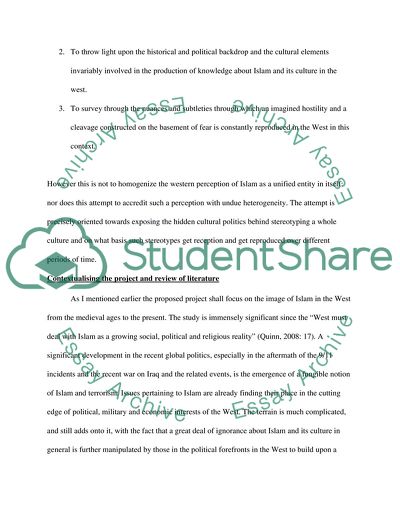Cite this document
(“Perceptions of Islam in the Middle Ages and the Modern Times: As Research Proposal - 1”, n.d.)
Perceptions of Islam in the Middle Ages and the Modern Times: As Research Proposal - 1. Retrieved from https://studentshare.org/social-science/1751750-reserach-proposal
Perceptions of Islam in the Middle Ages and the Modern Times: As Research Proposal - 1. Retrieved from https://studentshare.org/social-science/1751750-reserach-proposal
(Perceptions of Islam in the Middle Ages and the Modern Times: As Research Proposal - 1)
Perceptions of Islam in the Middle Ages and the Modern Times: As Research Proposal - 1. https://studentshare.org/social-science/1751750-reserach-proposal.
Perceptions of Islam in the Middle Ages and the Modern Times: As Research Proposal - 1. https://studentshare.org/social-science/1751750-reserach-proposal.
“Perceptions of Islam in the Middle Ages and the Modern Times: As Research Proposal - 1”, n.d. https://studentshare.org/social-science/1751750-reserach-proposal.


